This is a high-level introduction to Ireland, including geography, history, fun facts, and popular recipes to make.
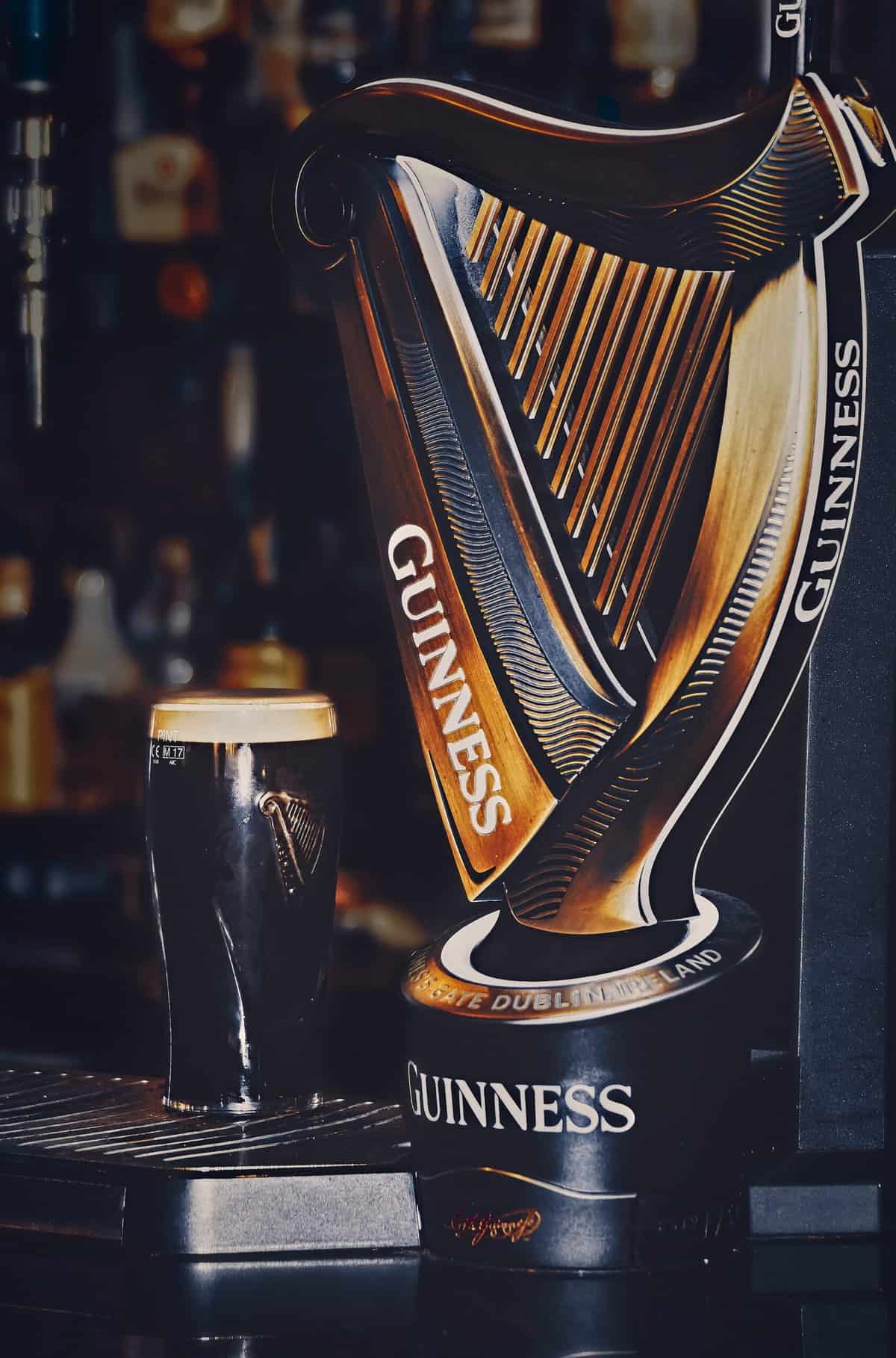
Fun Facts
- The nickname of Ireland is the Emerald Isle
- Ireland acts as a rain shield for the United Kingdom. It hardly ever gets cold enough for snow, but it gets massive amounts of rain.
- Samhain began as a tradition in Ireland that later transformed into Halloween. Originally the jack o’lanterns were made with turnips.
- Many of the world’s most famous writers (such as Oscar Wilde, James Joyce, and Jonathan Swift) come from Ireland.
- Gaelic football and hurling are popular sports in this country that aren’t played anywhere else in the world!
Geography
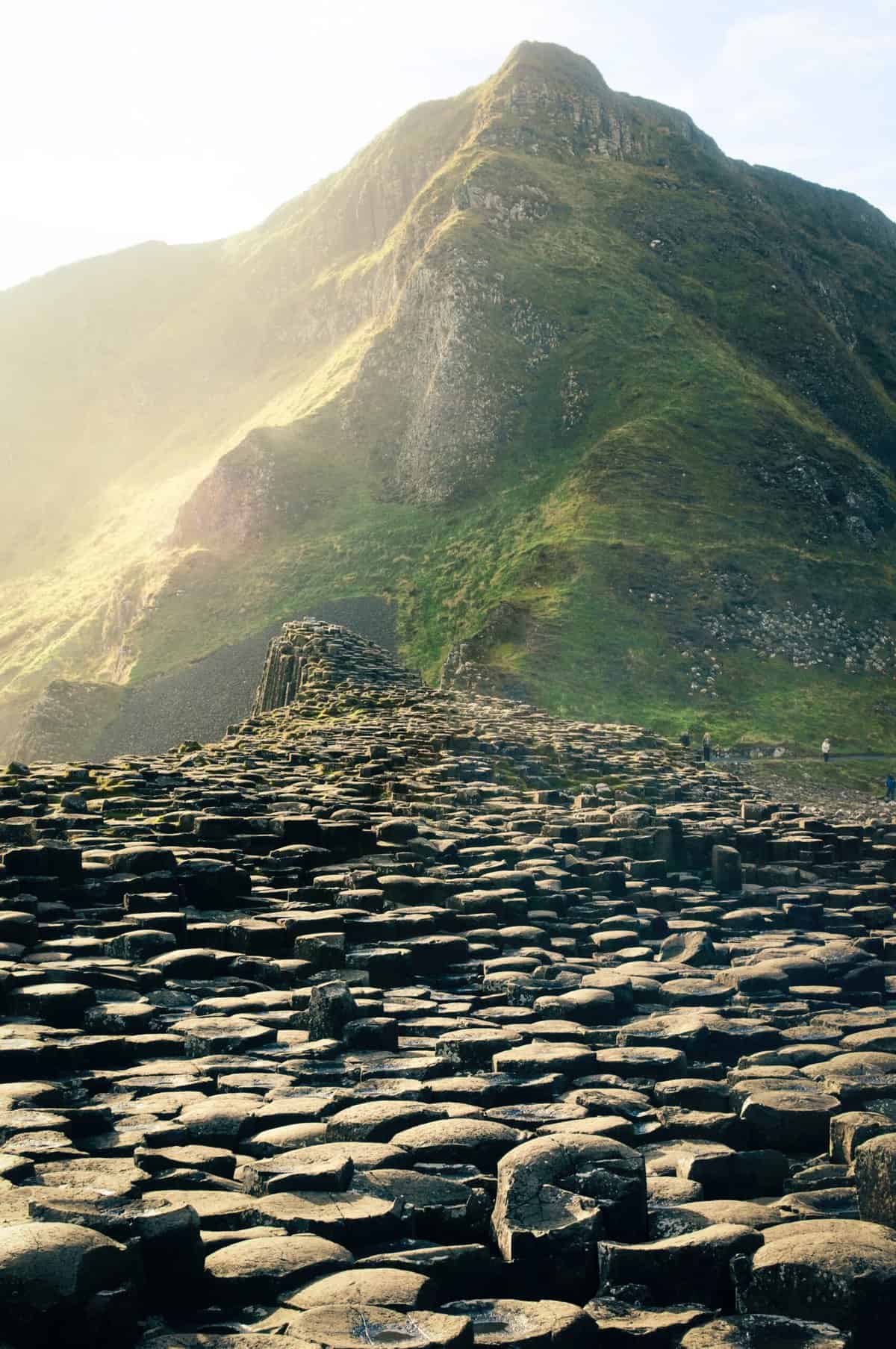
Ireland is a European country located in the North Atlantic Ocean. It is bordered by the North Channel, the Irish Sea, and St George’s Channel, with Great Britain located across the water.
Ireland is located on an island (the 3rd biggest island in Europe!). About 83% of this island is made up of a sovereign country, the Republic of Ireland. This is the “Ireland” we are discussing in this article.
The last 17% of the island is called Northern Ireland. This portion of land was once lumped together with the rest of the island, but has since been separated. It is now part of the United Kingdom. The borders between Ireland and Northern Ireland are open, but the two regions follow different laws and have different governing bodies. Many Irish citizens still consider Northern Ireland to be part of their beautiful country of Ireland.
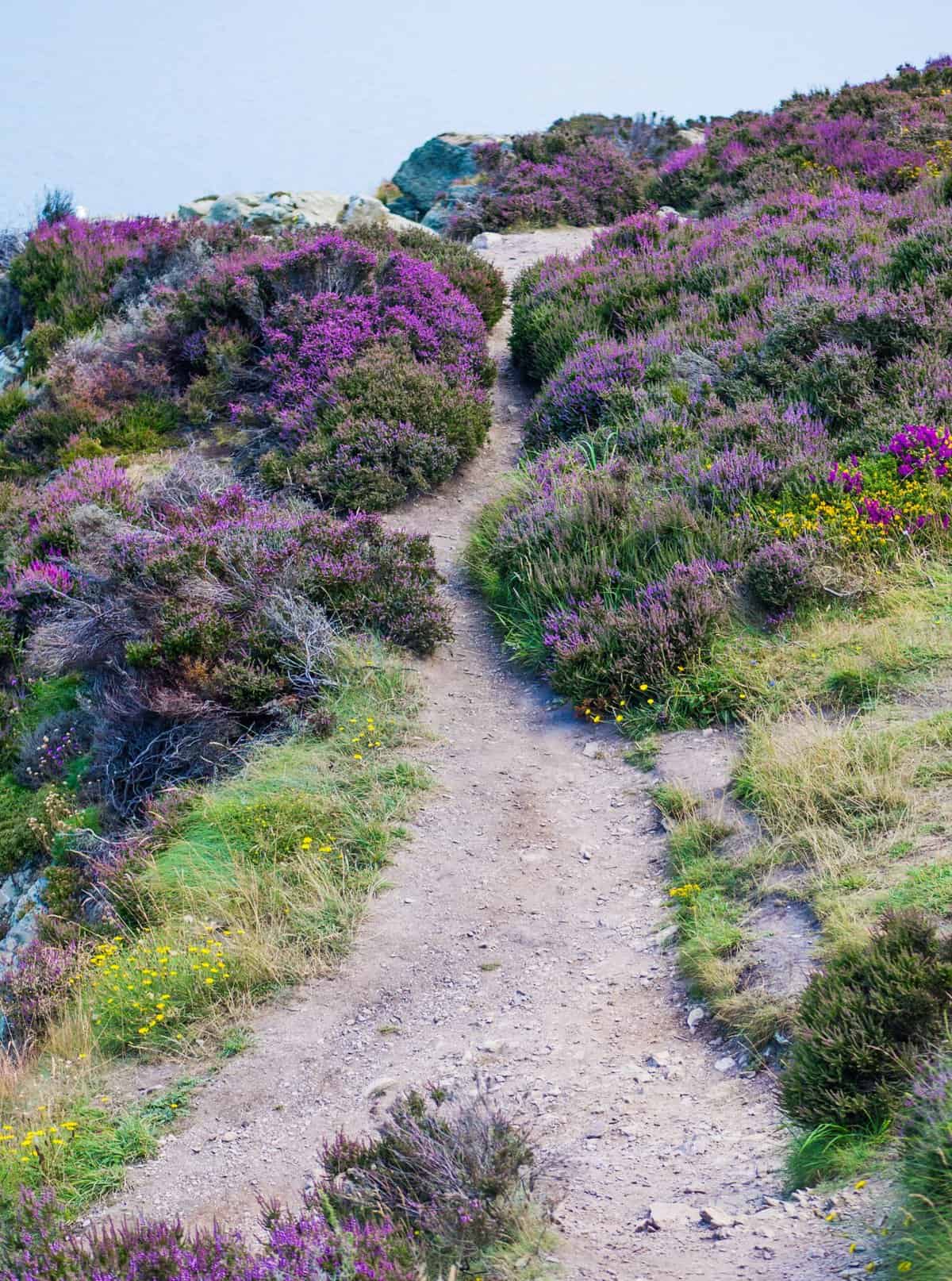
Ireland is, of course, known for being a very green country. It is home to 12 small mountain ranges, with the tallest peak being Mount Carrauntoohil (1000 meters tall) and the largest lake in the Republic of Ireland being Loch Corrib.
One of the most famous landmarks in Ireland is the Cliffs of Moher, which are absolutely gorgeous mountains that feature jagged stone faces covered in lush green grass.
Giant’s Causeway in Northern Ireland is also a huge natural attraction made up of hexagonal stones formed into a stair step formation.
History
Early History
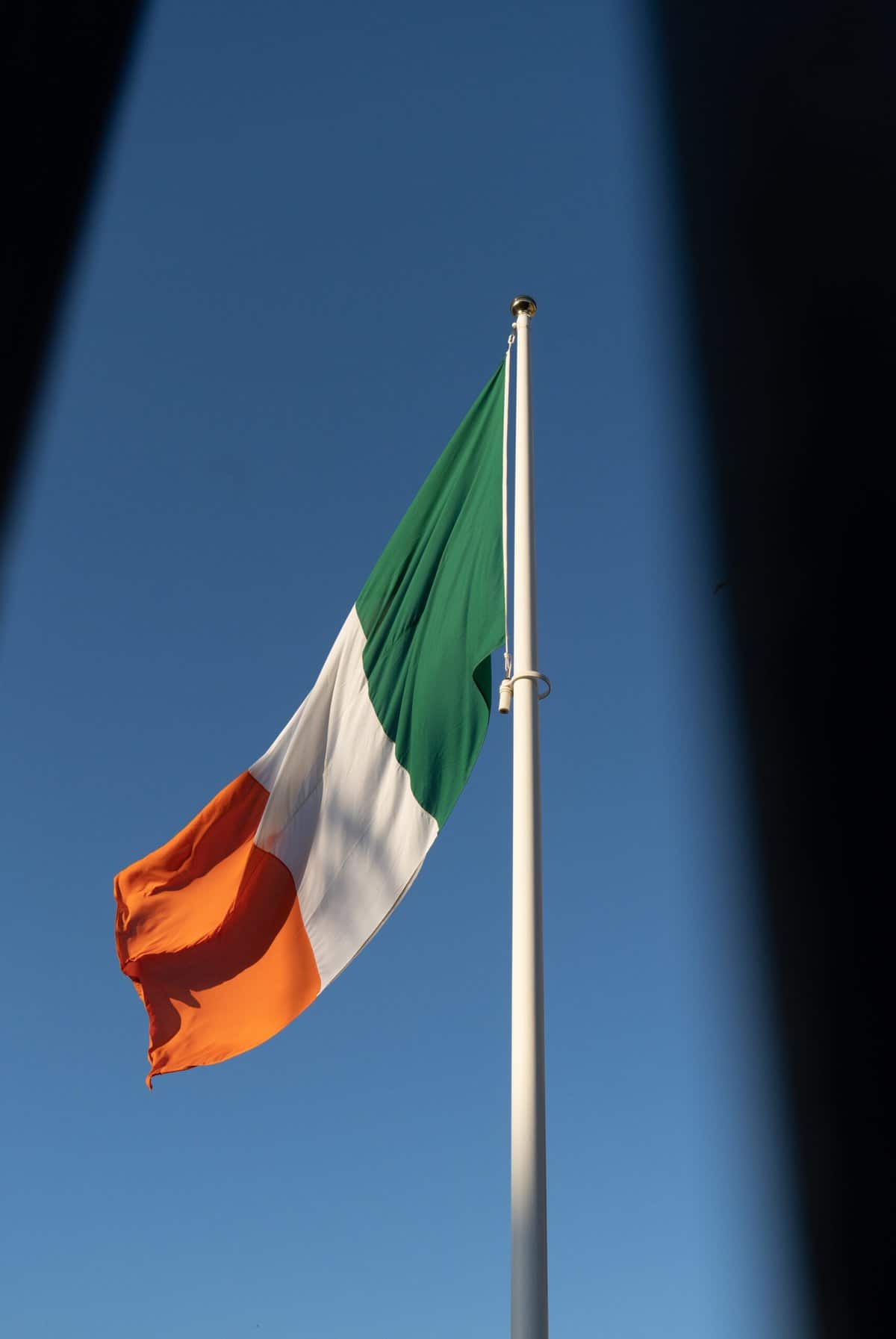
The first knowledge we have of humans in Ireland begins as early as the end of the Ice Age. For many years, they were mostly hunters and gatherers living off of the land.
Eventually, the people began their journey into agriculture. Soon, Newgrange, a circular grand passage tomb was built in County Meath. It was built in 3200 BC making it even older than the pyramids of Egypt and Stonehenge.
The Iron Age began in 600 BCE and lasted until 400 AD, which is also when the Celts arrived. The Celts had a huge impact on the culture of Ireland, even through to today. However, writing did not exist at this time in Ireland, so it is hard for us to know anything concrete about what life was like.
Saint Patrick
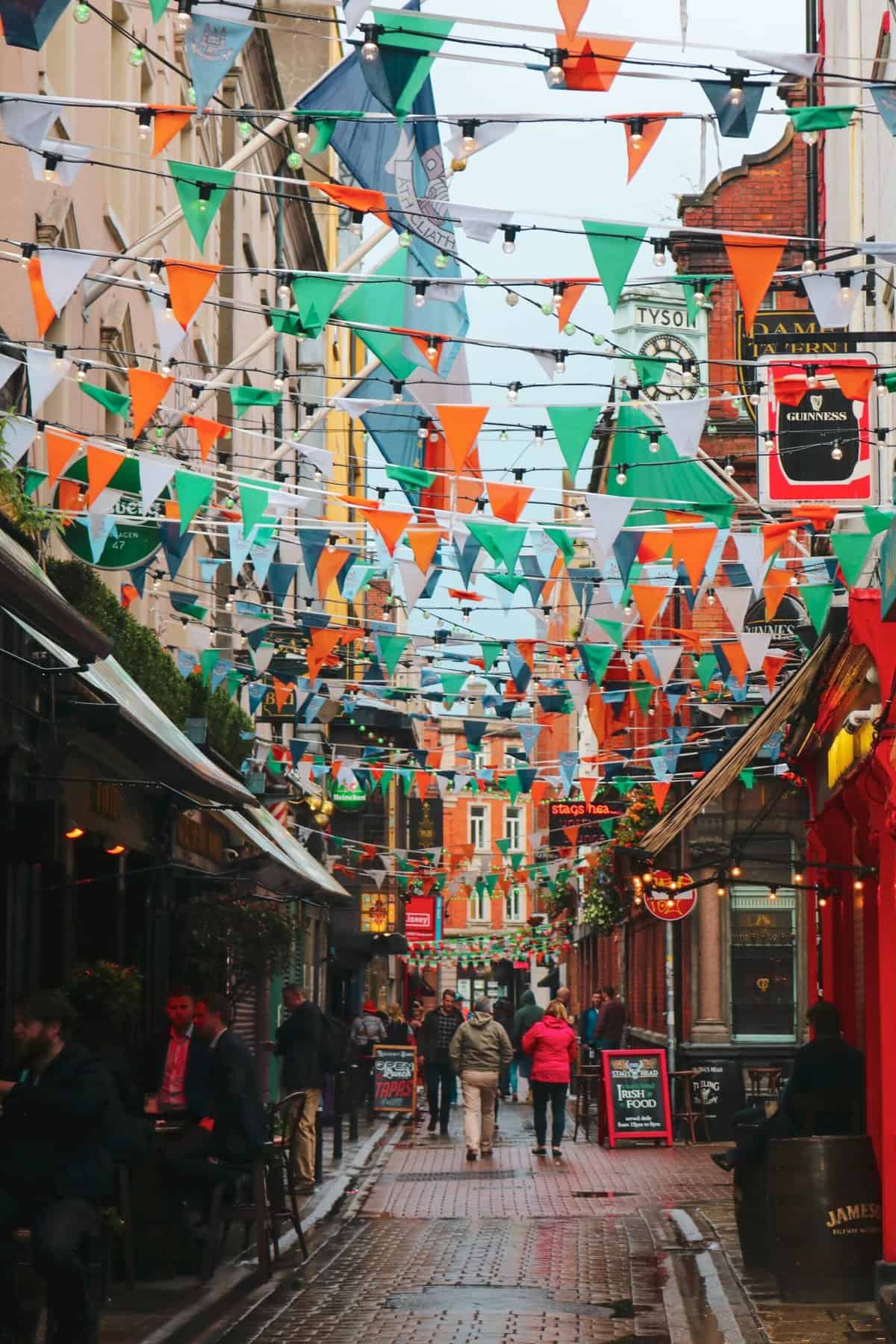
St Patrick was brought to Ireland as a slave in 400 AD. Though he escaped, he eventually returned and began preaching to spread Catholicism across the country.
St Patrick is said to have driven all of the snakes from the land, though this theory is likely untrue due to the geographic landscape of Ireland that makes snakes unlikely regardless.
Today St Patrick is still celebrated in Ireland and across the world, though nowadays his day is largely associated with drinking a lot of beer.
Britain and Ireland
England began taking over portions of Ireland in the 12th century, and their hold in the country has grown and shrunk many times over the course of history. The Nine Years War lasted from 1593-1603, and at the end of it, the English had gained control over all of Ireland. This was the beginning of disputes between Catholics (usually Irish people) and Protestants (usually English people) in the country, and led to a series of wars, massacres, and rebellions between the two.
Daniel O’Connell, the former Lord Mayor of Dublin, led a movement in 1829 that allowed Catholics into parliament and removed many of the laws that negatively affected Catholics.
The Great Famine
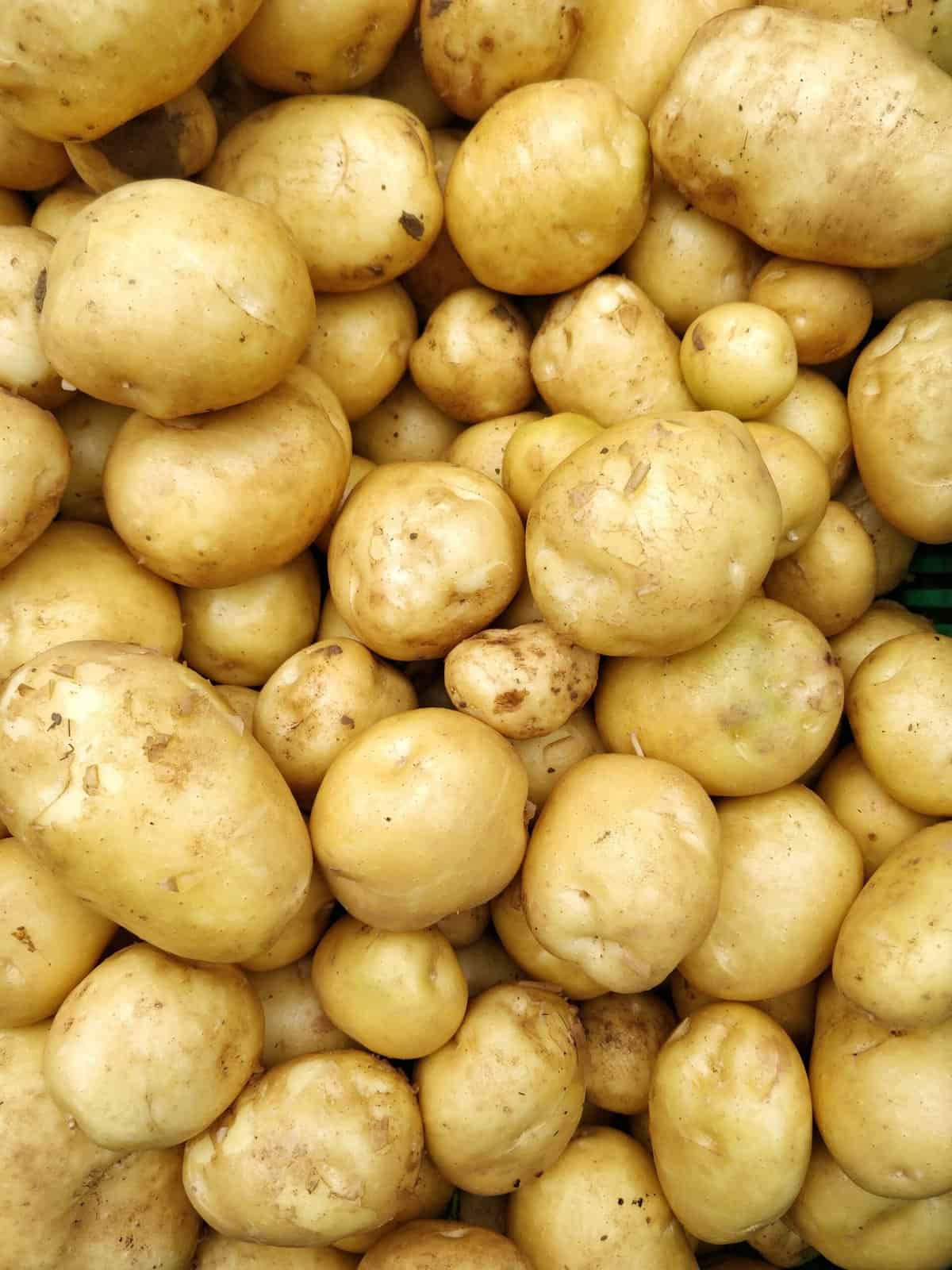
In the early 1800s, the Irish, particularly the poor Catholic peasants, were very dependent on the potato as a part of their diet.
In 1845, a disease called Blight struck the potatoes of Ireland which led to most of them being inedible. The potatoes that were edible were mandatorily shipped to Britain to feed the people there. This meant that over a million people died in the Great Famine between the years of 1845-1852.
This also led to mass emigration to the United States, Canada, Australia and more.
Independence
In 1916, the majority of the country voted for Irish Independence from Britain, leading to the Irish War of Independence between 1919-1921. The final result of this war was the Anglo-Irish Treaty, which led to a separation of Ireland. 6 counties in the northern part of Ireland (now called Northern Ireland) were kept by Great Britain and formed the United Kingdom.
The remainder of Ireland was free (and called the Republic of Ireland) but still part of the British Commonwealth. Finally in 1949, Ireland broke away from the British commonwealth and gained their true independence.
Ireland’s economy has grown a lot since 1949. They are a popular tourist destination, an active country in the European Union, and once was the tech capital of Europe.
Population
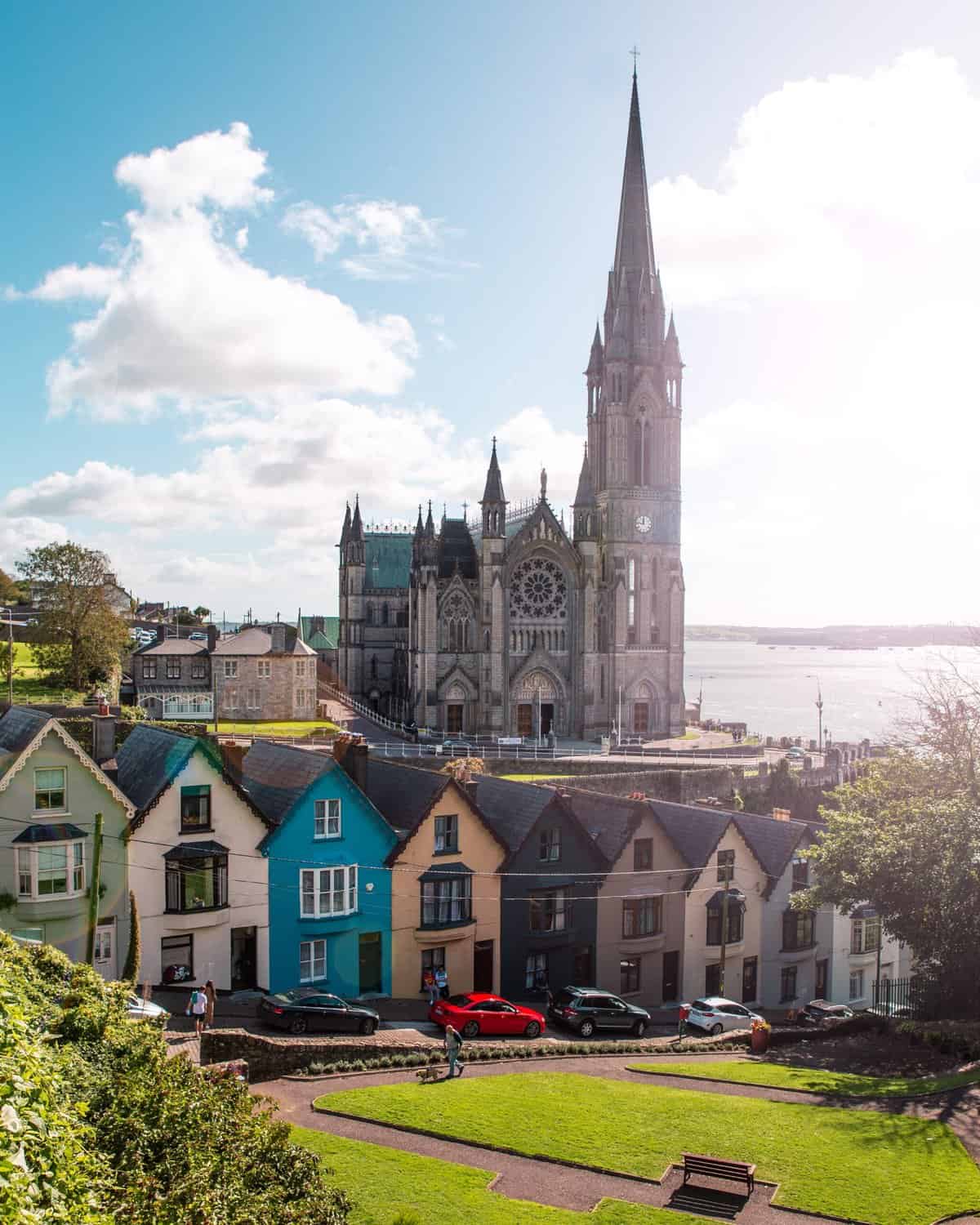
The Republic of Ireland has a population of 5 million people. About 83% of the country is Irish, 9.5% is caucasian with a different ethnicity, and 7.5% are made up of other ethnicities.
Many people in the country speak both English and Irish, but English is far more common. Irish is taught in many primary and secondary schools as the country tries to revive its roots and bring back Irish as a common language.
The Irish come from a line of people called the Celtics, which divided themselves into clans. The clans of Ireland are still well-known today, with many having their own crests.
Irish Food
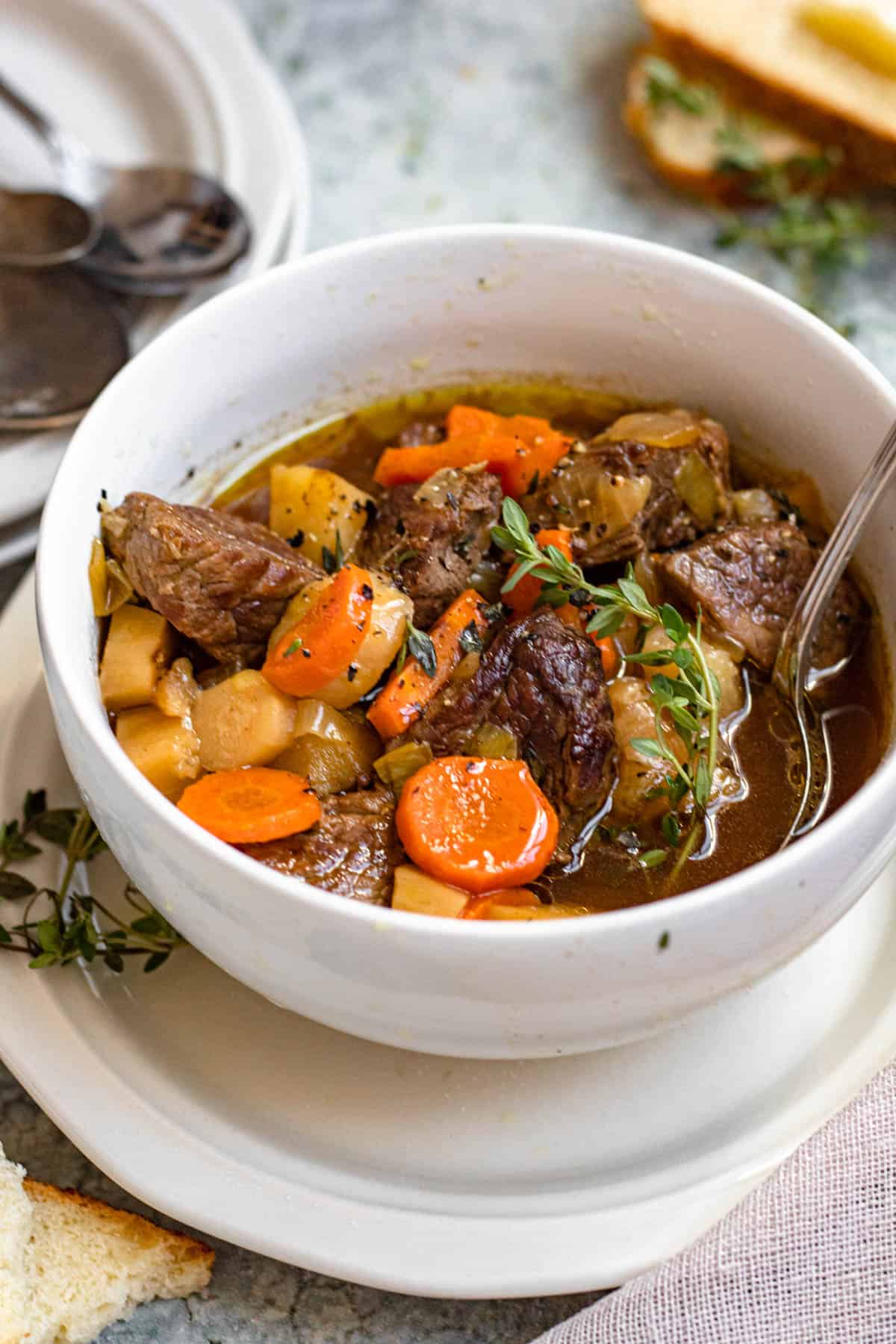
When it comes to the food of Ireland, it is no surprise that potatoes top the list as one of the most popular crops. Other popular crops include sugar beets, oats, barley and wheat.
Ireland is also popular for its beer, particularly Guinness.
Popular dishes in Irish cuisine include Irish Beef Stew, Colcannon, Boxty, Soda Bread, Coddle, Shepherd’s Pie, fish and chips, Irish breakfast, and more.


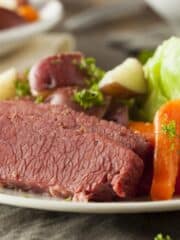
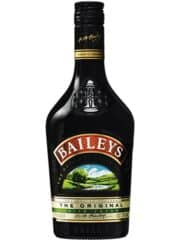
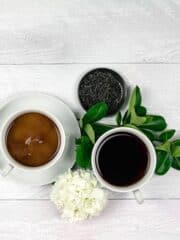
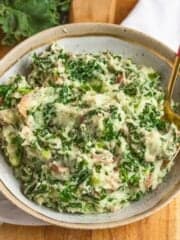
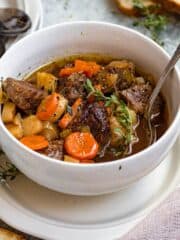


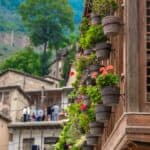
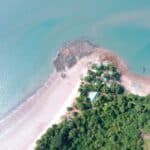
Leave a Reply